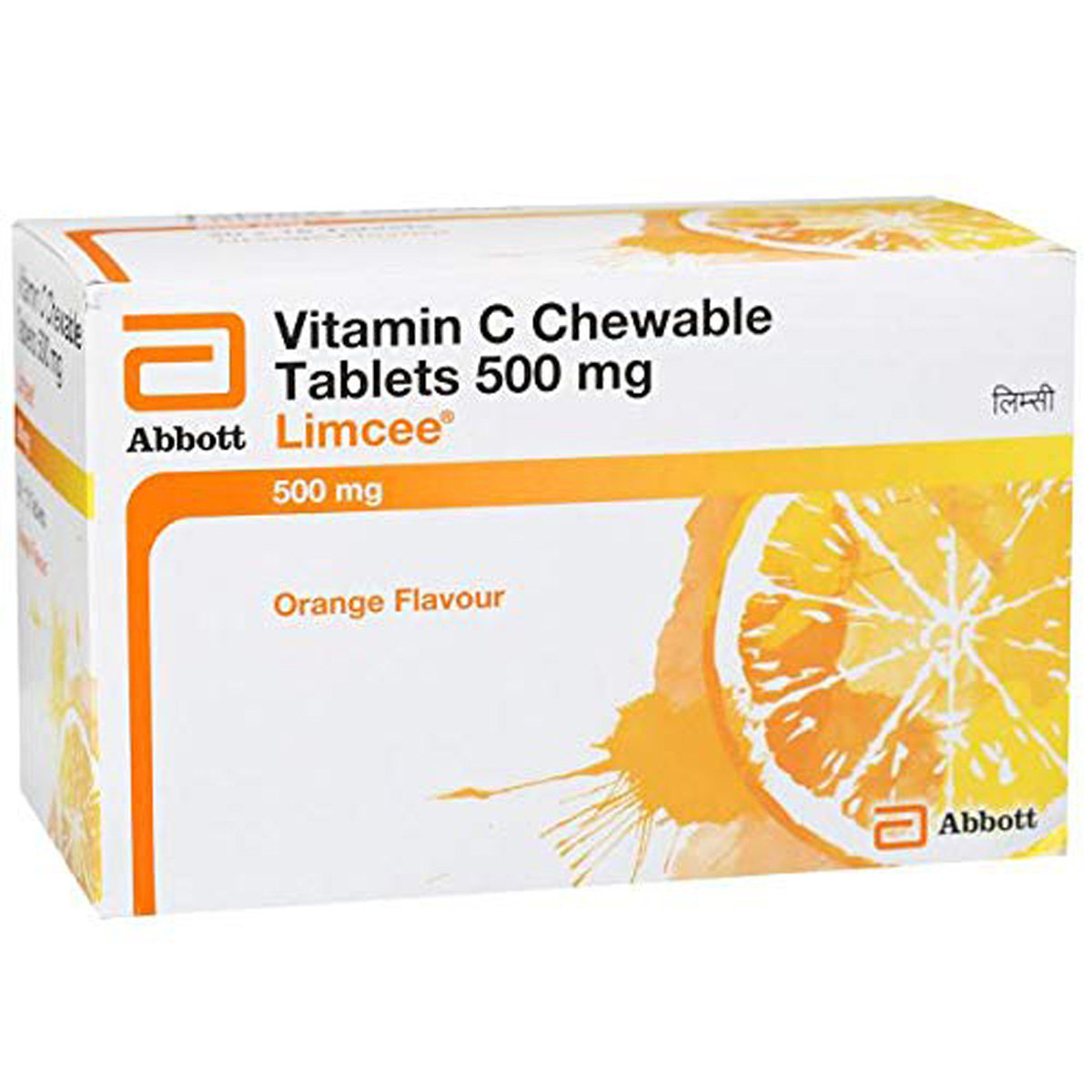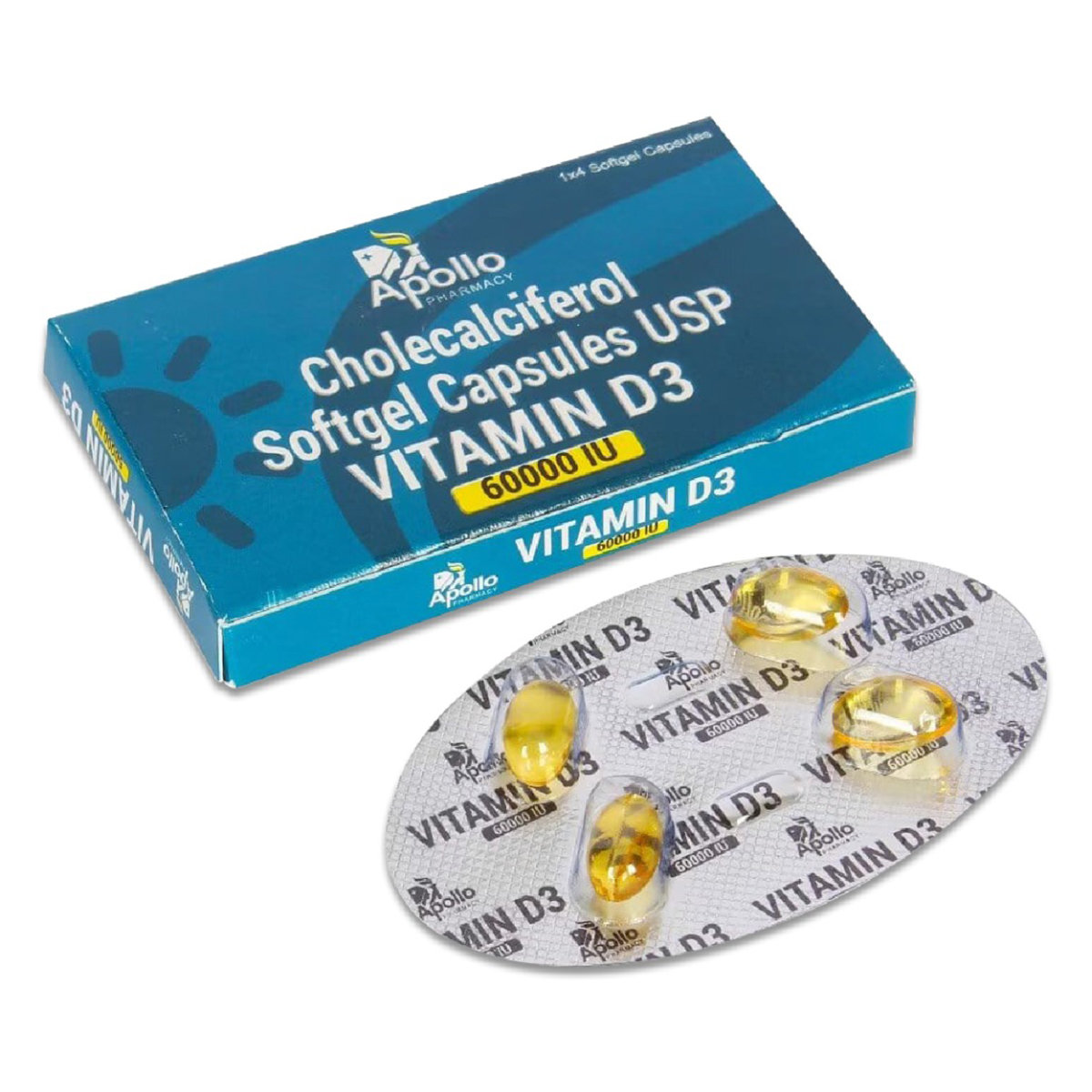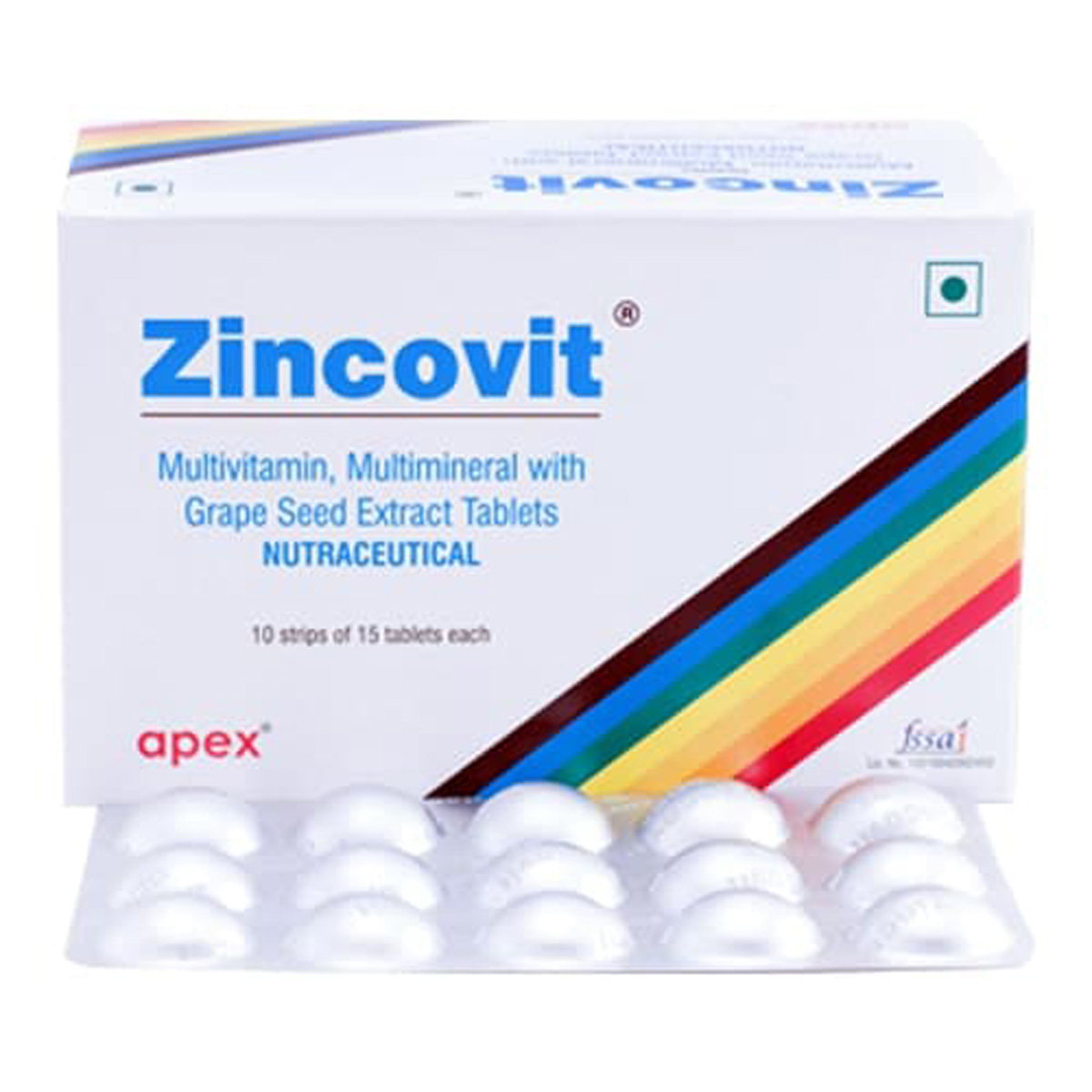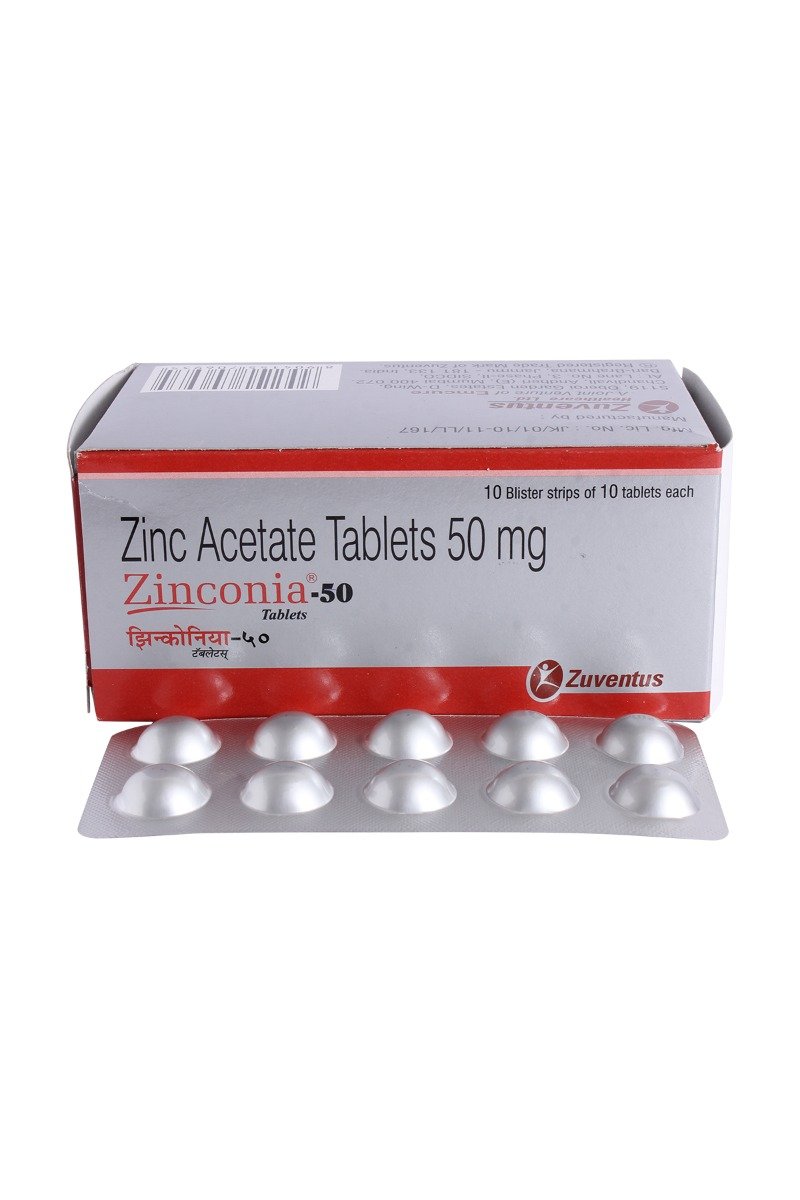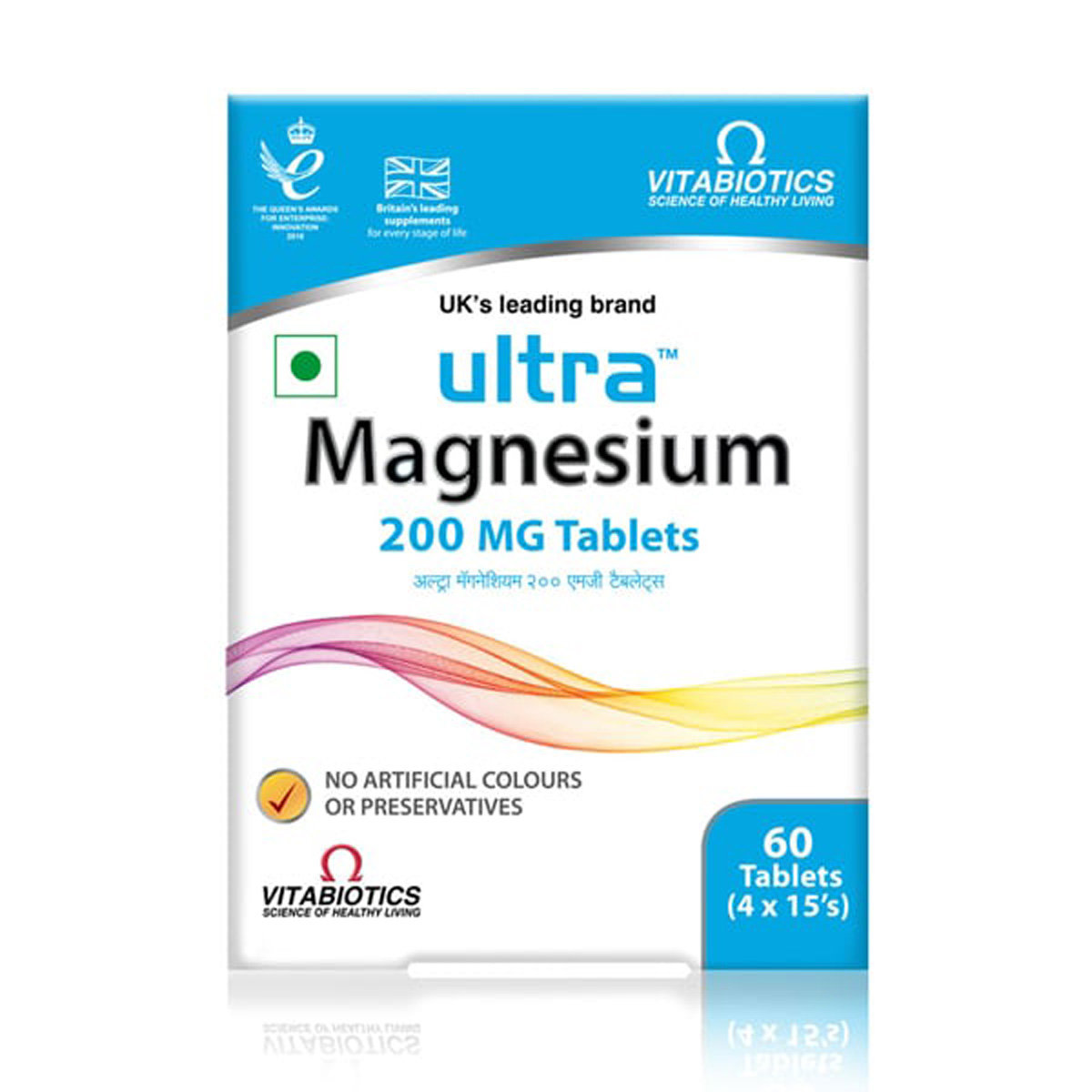Atrodex-C Eye Drops 5 ml
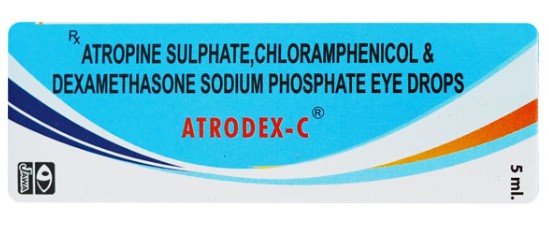
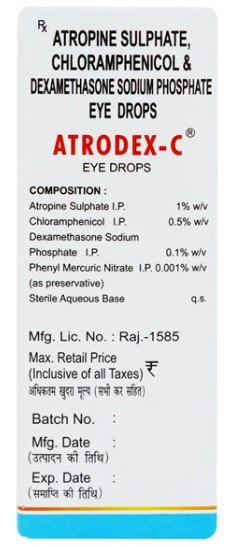


MRP ₹178
(Inclusive of all Taxes)
₹26.7 Cashback (15%)
know your delivery time
Provide Delivery Location
Manufacturer/Marketer :
Consume Type :
Expires on or after :
Return Policy :

Secure Payment

Trusted by 8 Crore Indians

Genuine Products
Therapeutic Class
Country of origin
Manufacturer/Marketer address
Author Details
We provide you with authentic, trustworthy and relevant information
Disclaimer
Alcohol
Safe if prescribed
It is unknown whether it is safe to consume alcohol with Atrodex-C Eye Drops 5 ml. However, it is advisable not to take or limit alcohol as a precautionary measure.
Pregnancy
Consult your doctor
Please consult the doctor as there are no adequate and well-controlled studies on pregnant women. Your doctor will prescribe only if the benefits outweigh the risks.
Breast Feeding
Consult your doctor
Consult your doctor as there is no substantial research yet on the use of Atrodex-C Eye Drops 5 ml in breastfeeding/nursing mothers.
Driving
Safe if prescribed
Atrodex-C Eye Drops 5 ml might cause blurred vision or other eye problems such as itching or irritation. So, avoid driving or operating machinery until your vision is clear.
Liver
Consult your doctor
Please consult your doctor if you have any concerns regarding using Atrodex-C Eye Drops 5 ml in patients with liver impairment. Your doctor will prescribe only if the benefits outweigh the risks.
Kidney
Consult your doctor
Please consult your doctor if you have any concerns regarding using Atrodex-C Eye Drops 5 ml in patients with kidney impairment. Your doctor will prescribe only if the benefits outweigh the risks.
Children
Safe if prescribed
Atrodex-C Eye Drops 5 ml should be used in children only if prescribed by the doctor.
Product Substitutes
Reference
- https://www.nhs.uk/conditions/uveitis/
- https://www.medicines.org.uk/emc/files/pil.427.pdf
- https://medlineplus.gov/druginfo/meds/a682487.html
- https://www.medicines.org.uk/emc/files/pil.840.pdf
- https://www.drugs.com/cdi/atropine-eye-drops.html
- https://patient.info/medicine/atropine-eye-drops-minims-atropine
- https://www.myopiaprofile.com/systemic-side-effects-of-atropine-eye-drops/
- https://www.drugs.com/disease-interactions/dexamethasone-ophthalmic.html#ocular_toxicities
- https://www.drugs.com/drug-interactions/chloramphenicol-ophthalmic.html
About Atrodex-C Eye Drops 5 ml
Atrodex-C Eye Drops 5 ml belongs to a group of medicines called ophthalmic agents primarily used in the treatment of uveitis and its associated symptoms. Uveitis is inflammation of the eye's middle layer, called the uvea or uveal tract. It can cause eye pain and changes to your vision. The causes of uveitis could be an eye injury, viral/bacterial infection, or any underlying disease conditions.
Atrodex-C Eye Drops 5 ml contains Atropine, chloramphenicol, and dexamethasone. Atropine is an anticholinergic medication that works through dilation of the pupil and relaxation of the ocular muscles. Chloramphenicol is an antibiotic that inhibits bacterial growth by blocking the synthesis of key proteins that bacteria require to perform vital tasks. Dexamethasone is a steroid that inhibits the development of chemical messengers (prostaglandins), which cause the eyes to become red and puffy. Altogether Atrodex-C Eye Drops 5 ml treats uveitis.
You are advised to use Atrodex-C Eye Drops 5 ml for as long as your doctor has prescribed it for you, depending on your medical condition. In some cases, it may cause certain common side effects such as itching, irritation, and stinging sensation in the eye. Most of these side effects do not require medical attention and will resolve gradually over time. However, you are advised to talk to your doctor if you experience these side effects persistently.
If you have had a skin reaction or irritation to any medicine, do not use Atrodex-C Eye Drops 5 ml without consulting a doctor. Consult your doctor before using Atrodex-C Eye Drops 5 ml if you are pregnant or breastfeeding. It is not recommended to drive or operate heavy machinery immediately after using Atrodex-C Eye Drops 5 ml because it may cause temporary blurring of vision. Avoid touching the dropper's tip as this may contaminate the contents. Do not use any other eye medications while using Atrodex-C Eye Drops 5 ml without first consulting your doctor.
Uses of Atrodex-C Eye Drops 5 ml
Medicinal Benefits Mweb
Key Benefits
Atrodex-C Eye Drops 5 ml belongs to a group of ophthalmic medications. Atropine, chloramphenicol, and dexamethasone are the active ingredients in Atrodex-C Eye Drops 5 ml. Atropine is an anticholinergic medication that operates through dilation of the pupil and relaxation of the ocular muscles. Chloramphenicol is an antibiotic that inhibits bacterial growth by blocking the synthesis of key proteins that bacteria require to perform vital tasks. Dexamethasone is a type of steroid medication. It inhibits the development of particular chemical messengers (prostaglandins), which cause the eyes to become red and swollen. Altogether Atrodex-C Eye Drops 5 ml treats uveitis (An inflammation of the eye's middle layer).
Directions for Use
Side Effects of Atrodex-C Eye Drops 5 ml
- Eye Irritation
- Stinging sensation in the eye
- Eye Itching
- Eye redness
- Blurred vision
- Dry mouth
Drug Warnings
Do not use Atrodex-C Eye Drops 5 ml if you are allergic or hypersensitive to any of the components. Inform your doctor if you have a blood disorder or bone marrow disease, dyscrasias (a condition that can cause tiredness, bruising and an increased risk of infections), visual disturbances, severe pain in the eye, sensitivity to light, glaucoma (raised pressure in the eye), eye injury or eye surgery. Consult a doctor before using Atrodex-C Eye Drops 5 ml if you are pregnant or breastfeeding. Atrodex-C Eye Drops 5 ml might cause blurred vision; so, drive only if your vision is clear.
Drug-Drug Interactions
Drug-Drug Interactions
Login/Sign Up
Co-administration of Desmopressin with Atrodex-C Eye Drops 5 ml may increase the risk of hyponatremia (low levels of salt in the blood).
How to manage the interaction:
Co-administration of Atrodex-C Eye Drops 5 ml and Desmopressin can lead to an interaction, it can be taken if advised by a doctor. However, if you experience any symptoms like confusion, hallucination, seizure, changes in blood pressure, increased heart rate, fever, excessive sweating, shivering or shaking, blurred vision, muscle stiffness, tremors, stomach cramps, nausea, vomiting, and diarrhea, consult a doctor immediately. Do not stop using any medications without a doctor's advice.
When Atrodex-C Eye Drops 5 ml is taken with Ranolazine, may significantly reduce the blood levels of Ranolazine.
How to manage the interaction:
Co-administration of Ranolazine and Atrodex-C Eye Drops 5 ml can lead to an interaction, it can be taken if advised by a doctor. Do not stop using any medications without a doctor's advice.
When Regorafenib is taken with Atrodex-C Eye Drops 5 ml, may significantly reduce the blood levels of Regorafenib.
How to manage the interaction:
Co-administration of Regorafenib and Atrodex-C Eye Drops 5 ml can lead to an interaction, it can be taken if advised by a doctor. Do not stop using any medications without a doctor's advice.
When Rilpivirine is taken with Atrodex-C Eye Drops 5 ml, may significantly reduce the blood levels of Rilpivirine.
How to manage the interaction:
Co-administration of Rilpivirine and Atrodex-C Eye Drops 5 ml can lead to an interaction, it can be taken if advised by a doctor. Do not stop using any medications without a doctor's advice.
Taking Flibanserin with Atrodex-C Eye Drops 5 ml may significantly increases the blood levels of flibanserin
How to manage the interaction:
Taking Atrodex-C Eye Drops 5 ml with Flibanserin is not recommended, but can be taken together if prescribed by a doctor. However, consult your doctor if you experience dizziness, lightheadedness, and fainting. Do not discontinue any medication without consulting a doctor.
Taking lomitapide with Atrodex-C Eye Drops 5 ml can significantly increase the blood levels of lomitapide.
How to manage the interaction:
Taking Atrodex-C Eye Drops 5 ml with Lomitapide is not recommended, but can be taken together if prescribed by a doctor. However, consult your doctor if you experience fever, chills, joint pain or swelling, unusual bleeding or bruising, skin rash, itching, loss of hunger, weakness, nausea, vomiting, dark colored urine, light colored stools, and yellowing of the skin or eyes. Do not discontinue any medications without consulting a doctor.
Taking Atrodex-C Eye Drops 5 ml with triazolam can increased the effects of Atrodex-C Eye Drops 5 ml.
How to manage the interaction:
Taking Triazolam with Atrodex-C Eye Drops 5 ml is not recommended, but can be taken together if prescribed by a doctor. In case you experience any unusual symptoms, consult a doctor. However, if you experience any unusual symptoms contact your doctor. Do not discontinue any medications without consulting a doctor.
Co-administration of Norfloxacin with Atrodex-C Eye Drops 5 ml can increase the risk or severity of tendinitis (inflammation of the tendons attached to the muscle and bones).
How to manage the interaction:
Taking Norfloxacin with Atrodex-C Eye Drops 5 ml together can result in an interaction, it can be taken if a doctor has advised it. However, if you experience Stiff joints or difficulty moving your joints, joint pains, Swelling, or skin discoloration, contact a doctor immediately. Do not discontinue any medications without consulting a doctor.
Taking Atrodex-C Eye Drops 5 ml with Deflazacort may significantly reduce the blood levels of deflazacort, which may make the medication less effective in treating the condition.
How to manage the interaction:
Although using Atrodex-C Eye Drops 5 ml and Deflazacort together can possibly result in an interaction, they can be taken together if advised by your doctor. Do not stop taking any medications without consulting a doctor.
When Atrodex-C Eye Drops 5 ml is taken with Infliximab, it can increase the risk or severity of developing serious infections.
How to manage the interaction:
Taking Infliximab with Atrodex-C Eye Drops 5 ml together can result in an interaction, but it can be taken if a doctor has advised it. If you have any of these symptoms, it's important to contact a doctor right away. These symptoms include fever, chills, diarrhea, sore throat, muscle pain, difficulty breathing, weight loss, and pain or burning when you pee. Do not stop using any medications without a doctor's advice.
Drug-Food Interactions
Drug-Food Interactions
Login/Sign Up
Drug-Diseases Interactions
Drug-Diseases Interactions
Login/Sign Up
Drug-Drug Interactions Checker List
- FEXINIDAZOLE
- SMALLPOX VACCINE
Habit Forming
Special Advise
Regular eye check-up is advised before and during the treatment if you have had any eye problems.
Diet & Lifestyle Advise
- Eat a balanced diet.
- Include fish, nuts, legumes, citrus fruits, green leafy vegetables, carrots, sweet potatoes, and eggs, as they help in improving eyesight.
- Get regular eye examination done.
- Avoid or limit the intake of alcohol and caffeine.
- Use sunglasses to protect your eyes from sensitivity to light when you step outdoors.
- Maintain proper lens hygiene, clean the lens weekly with lens solution and replace them monthly when a new bottle of lens solution is opened.
- To prevent digital strain, look away every 20 minutes for 20 seconds at something 20 feet away.
- Reduce screen time. Avoid staring at digital screens for a long time.
- Avoid touching eyes with dirty hands as it might cause infection.
All Substitutes & Brand Comparisons
RX
Out of StockDexapin C Eye Drop
Optho Remedies Pvt Ltd
₹13.97
(₹2.51/ 1ml)
92% CHEAPER

Have a query?
Buy best Ocular products by
Entod Pharmaceuticals Ltd
Ajanta Pharma Ltd
Sunways (India) Pvt Ltd
Sun Pharmaceutical Industries Ltd
Cipla Ltd
Micro Labs Ltd
Allergan Healthcare India Pvt Ltd
Intas Pharmaceuticals Ltd
Raymed Pharmaceuticals Ltd
Nri Vision Care India Ltd
FDC Ltd
Jawa Pharmaceuticals India Pvt Ltd
Indoco Remedies Ltd
Sapient Laboratories Pvt Ltd
Senses Pharmaceuticals Pvt Ltd
Centaur Pharmaceuticals Pvt Ltd
Neomedix Healthcare India Pvt Ltd
Aromed Pharmaceuticals
Optho Remedies Pvt Ltd
Aurolab
Austrak Pvt Ltd
Lupin Ltd
Mankind Pharma Pvt Ltd
Zivira Labs Pvt Ltd
Optho Pharma Pvt Ltd
Synovia Life Sciences Pvt Ltd
Akumentis Healthcare Ltd
Eyekare
His Eyeness Ophthalmics Pvt Ltd
Protech Remedies Pvt Ltd
Runyon Pharmaceutical Pvt Ltd
Alcon Laboratories Inc
Syntho Pharmaceuticals Pvt Ltd
Alembic Pharmaceuticals Ltd
Bell Pharma Pvt Ltd
Klar Sehen Pvt Ltd
Sentiss Pharma Pvt Ltd
Irx Pharmaceuticals Pvt Ltd
Optho Life Sciences Pvt Ltd
Phoenix Remedies Pvt Ltd
Alkem Laboratories Ltd
Doctor Wonder Pvt Ltd
Hicare Pharma
Ipca Laboratories Ltd
Neon Laboratories Ltd
Okulus Drugs India
Pharmtak Ophthalmics (I) Pvt Ltd
Berry & Herbs Pharma Pvt Ltd
Glow Vision Pharmaceuticals
Kaizen Drugs Pvt Ltd
Choroid Laboratories Pvt Ltd
Indiana Opthalamics Pvt Ltd
Optica Pharmaceutical Pvt Ltd
Pharmatak Opthalmics India Pvt Ltd
Samarth Life Sciences Pvt Ltd
Vibgyor Vision Care
Mofon Drugs
Novartis India Ltd
Pharmia Biogenesis Pvt Ltd
Zydus Cadila
Appasamy Ocular Devices Pvt Ltd
Leeford Healthcare Ltd
Medivision Pharma Pvt Ltd
Orbit Life Science Pvt Ltd
X-Med Royal Pharma Pvt Ltd
Zee Laboratories Ltd
Aarma Laboratories
Guerison MS Inc
Laborate Pharmaceuticals India Ltd
Xtas Pharmaceuticals
Accurex Biomedical Pvt Ltd
Blucrab Pharma Pvt Ltd
Does Health Systems Pvt Ltd
Flagship Biotech International Pvt Ltd
Lavue Pharmaceuticals Pvt Ltd
Nutrilis Healthcare Pvt Ltd
Ursa Pharm India Pvt Ltd
Vee Remedies
Vyonics Health Care India Pvt Ltd
Warren Pharmaceuticals Pvt Ltd
Abbott India Ltd
Accvus Pharmaceuticals
Akums Drugs & Pharmaceuticals Ltd
Cadila Healthcare Ltd
Carevision Pharmaceuticals Pvt Ltd
Dey's Medical Stores (Mfg) Ltd
East West Pharma India Pvt Ltd
Eyedea Pharmaceuticals Pvt Ltd
Nimbus Healthcare Pvt Ltd
Ocuris Pharmaceuticals Pvt Ltd
Sherings Pharmaceuticals
Tarks Pharmaceuticals Pvt Ltd
Vcan Biotech
Vision Medilink
Aice Health Care Pvt Ltd
Appasamy Pharmaceuticals Pvt Ltd
Asperia Lifescience Pvt Ltd
Beatum Healthcare Pvt Ltd
East India Pharmaceutical Works Ltd
Grevis Pharmaceutical Pvt Ltd
Frequently Bought Together


_0.jpg?tr=q-85)





